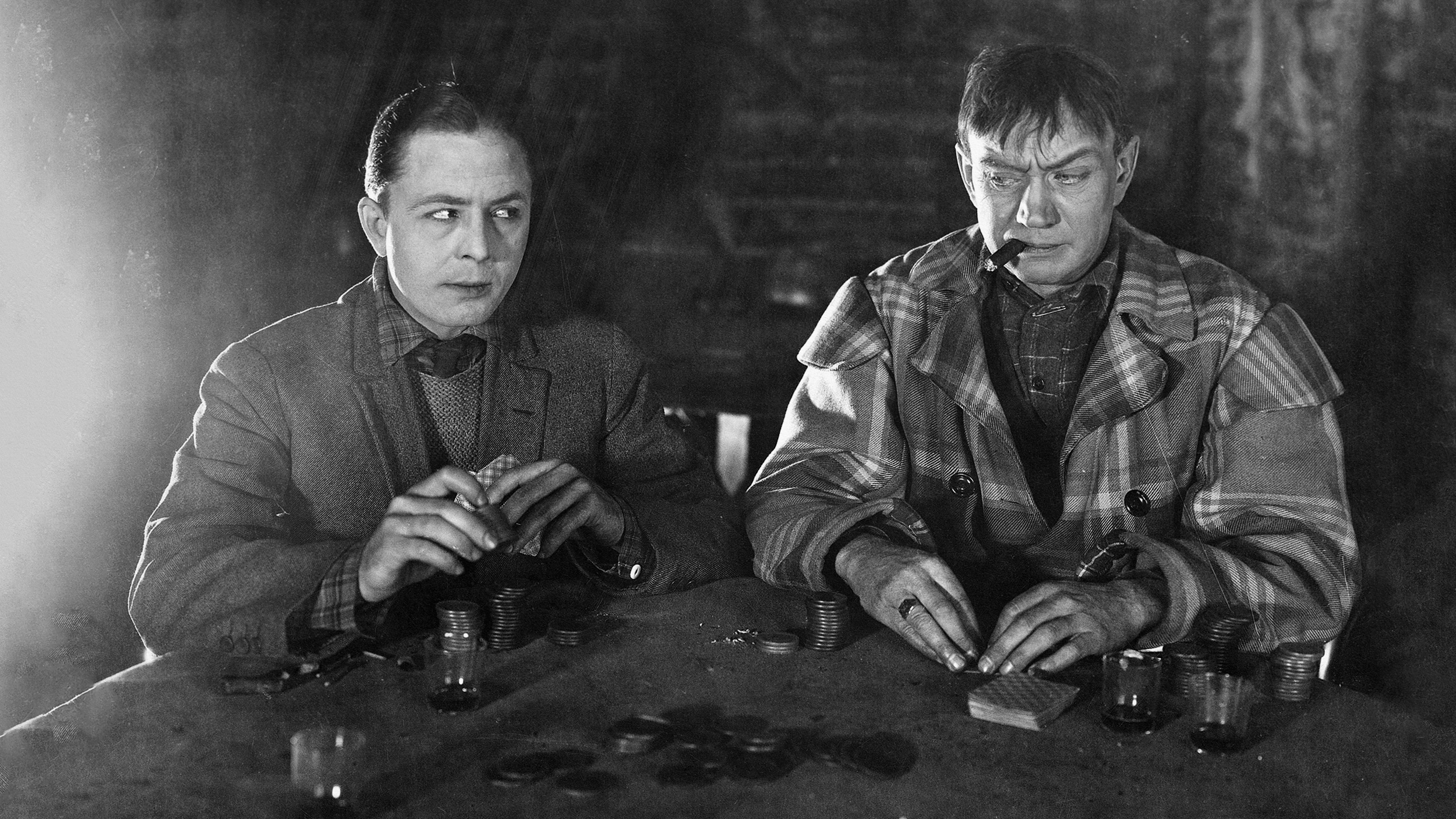Despite social pressure, boys and girls still prefer gender-typical toys

Credit: tan4ikk via Adobe Stock
- A recent meta-analysis overviewed 75 studies on children’s gender-related toy preferences.
- The results found that “gender-related toy preferences may be considered a well-established finding.”
- It’s a controversial topic: Some people argue that these preferences stem from social pressure, while others say they’re at least partly rooted in biology.
There’s more gender equality in Western societies today than in the past. Inequalities still exist, of course, but research has consistently shown an uptrend in women joining and rising within the workforce, obtaining degrees, and earning more money. The social expectations of men and women also seemed to have changed; this is harder to measure empirically, but it seems safe to say that our ideas about gender roles are more fluid today than they were, in say, the 1950s.
So, have these changes affected a crucial part of children’s development: play? More specifically, as gender roles have become more fluid, have children’s preferences toward gender-typed toys become more fluid, too?
The short answer seems to be no. For decades, studies have shown that boys and girls generally prefer playing with toys typically associated with their biological sex: toy trucks for boys and dolls for girls, to give a rough example.
These results have remained remarkably stable over the past 50 years, according to a 2020 meta-analysis of research on gender differences in toy preferences. Published in Archives of Sexual Behavior and titled “The Magnitude of Children’s Gender‐Related Toy Interests Has Remained Stable Over 50 Years of Research,” the analysis examined 75 previous studies, 113 effect sizes, and a range of toy preference measurements.
No matter what society wants, it’s worth noting that there seems to be some biological drivers behind children’s preferences for gender-typical toys.
The authors, Jac T. M. Davis and Melissa Hines, found “a broad consistency of results across the large body of research on children’s gender-related toy preferences: children showed large and reliable preferences for toys that were related to their own gender. Thus, according to our review, gender-related toy preferences may be considered a well-established finding.”
A letter to the editor in the same journal sought to challenge these findings in a separate analysis, which concluded that children actually spend less time playing with gender-typical toys these days.
The authors of that analysis speculated that the reason for this decline “might reflect social pressures in recent times for children to be less gender-typical in their behavior.” In other words, the decline stems from parents wanting to be more in line with progressive ideas about gender fluidity.
However, Davis and Hines disagreed, proposing that the supposed decline appeared in the analysis only because of the specific methodology employed by the researchers. What’s more, they noted that toy advertisers have been using more gender stereotypes to boost sales in recent decades—a finding that potentially complicates the claim that social pressures are causing kids to spend less time playing with gender-typical toys.
Davis and Hines concluded:
“It may be tempting to think that social changes over time might be reducing children’s play with gender-related toys, given arguments that play with a broader set of toys would be beneficial for both boys and girls. Unfortunately, however, broad change in the social roles of men and women do not seem to have influenced children’s toy choices, perhaps because they have been counteracted by stronger marketing of different toys to girls and boys over recent time. If society wants girls and boys to play with the full range of toys, more targeted action is probably required.”

Why are we so concerned about which toys kids play with?
But does society really want kids to play with less gender-typical toys? Some research suggests the answer is yes. A 2017 survey from Pew Research Center found that a majority of Americans considered it a “somewhat or very good thing” to steer kids toward toys and activities traditionally associated with the opposite gender (though respondents were less enthusiastic about doing so for boys than girls).
Encouraging kids to play with a wider range of toys could yield benefits. For example, a 2020 study published in Frontiers in Human Neuroscience found that when both boys and girls play with dolls, they experience heightened activation within brain regions associated with empathy and perspective-taking.
But no matter what society wants, it’s worth noting that there seem to be some biological drivers behind children’s preferences for gender-typical toys.
For example, studies have shown that babies tend to prefer toys oriented to their own gender, a finding that suggests their preference is innate because they’re in the pre-socialization stage of development. Supporting that argument are studies showing that baby monkeys also display gender-typical toy preferences.
Still, it’s easy to see how social pressures might affect kids’ toy preferences as they grow up. So, the question of why kids prefer the toys that they do likely boils down to a familiar answer: a tangled mix of environmental and biological factors.
“It would be extreme to claim zero influence of biology on gender differences in toy choices, and the research community is still divided on how important biology and social factors are,” Davis told Big Think.





